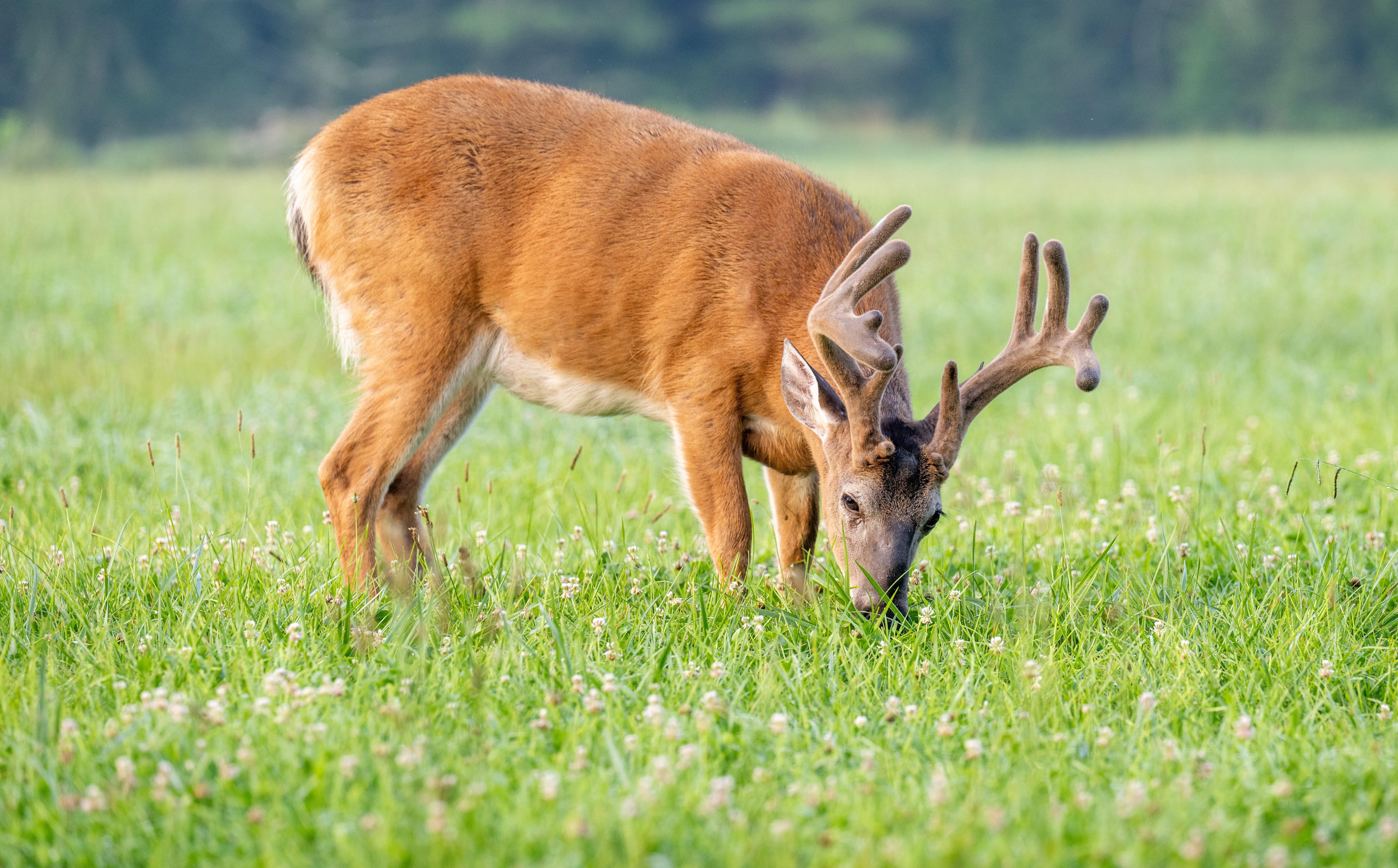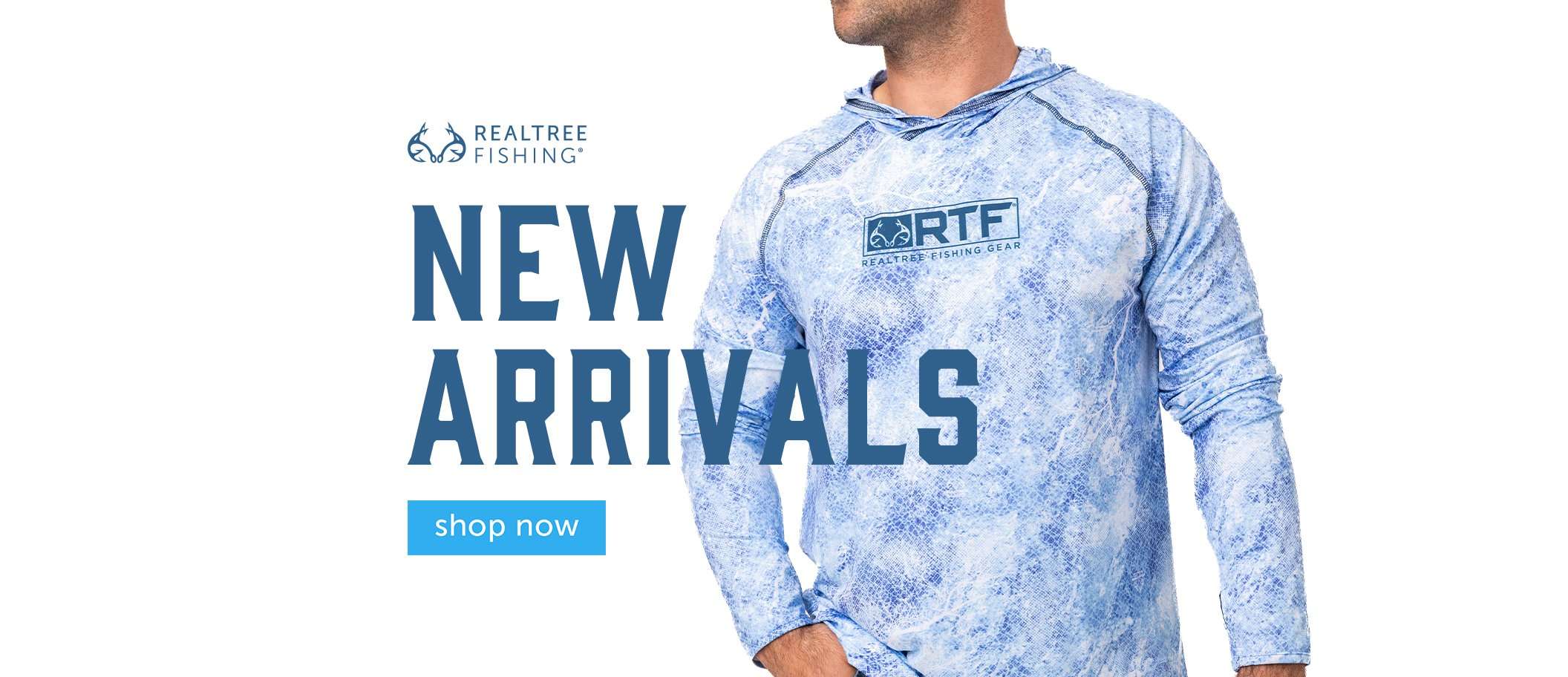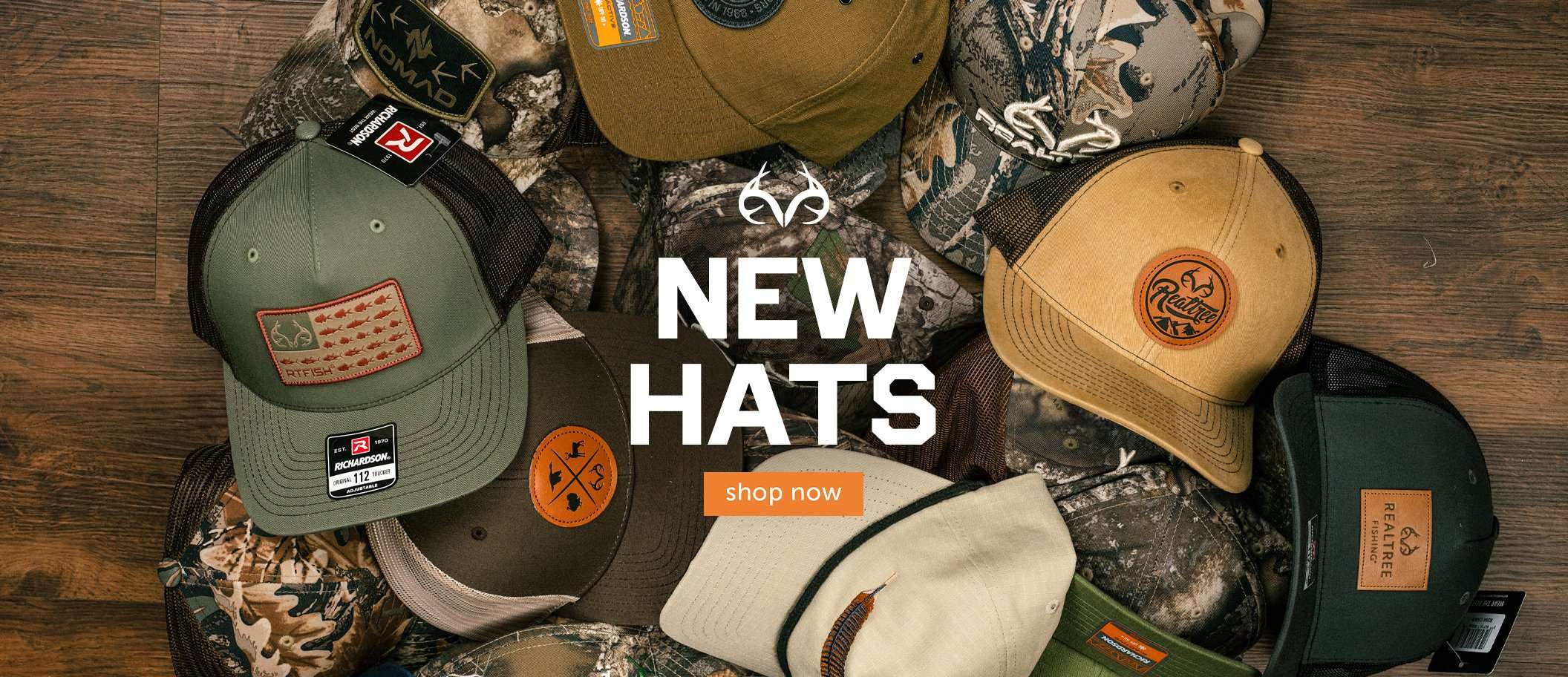With a sharp knife and a little know-how about deer digestion, you can find the latest hot food source anywhere you hunt
I’d seen the scenario play out numerous times while working as a wildlife biologist. Someone blaming deer for eating something they shouldn’t. That day, I was speaking with a rancher on his property near the Navasota River northwest of Houston.
“Those deer are eating all my grass,” said the angry rancher. “Something has got to be done. I spent a lot of time and money planting that pasture with grass. The deer are eating it as soon as it comes up.”

Deer eat a wide variety of hard mast, twigs, and assorted vegetation, and taking a closer look after field-dressing one can provide valuable insight on where the deer are currently feeding. Image by Tony Campbell.
After introducing myself, I explained that not everything green is deer food. “Let’s do this,” I said. “I have a collection permit, which allows me to shoot deer for research purposes. I’ll shoot a doe, whatever one you point out to me. I’ll open her up, and we’ll see what she’s been eating.” Deer, being ruminants, will store food in their rumen. There, it isn’t fully digested until it goes to the reticulum to form cuds, and is then regurgitated to be chewed and swallowed again. If we opened up the doe’s rumen, we’d see everything she’d recently eaten.
I hesitated for a moment, and then added, “I’ll make you another proposition. I’ll pay you 20 cents for each blade of grass we find in her.” Back then, my take-home pay was about $500 per month. Twenty cents was a lot of money, and I kicked myself for making the bet. But I was confident we would not find any grass, knowing deer very seldom eat it because their digestive system can’t convert it into energy.
Late that afternoon, I shot a doe he pointed out to me. The rancher thought she was eating Bermuda grass. I opened her up, pointed out the four parts of her digestive system, and then sliced into the rumen and started digging through the partially chewed vegetative matter. The rancher watched closely.
Check Out Our Latest Camo Pattern: Realtree APX
Nary a blade of grass did we find, only broadleaf forbs — plants the rancher called “weeds.” I could see he was getting aggravated. And although I couldn’t identify all the plants in the deer’s rumen, I saw what the leaves looked like. Something I stored away in my hunting bank.
“Looks to me the deer feeding in your pasture are doing you a big favor by weeding it for you,” I said. It was at that point I wished I’d said, I’ll pay you 20 cents for every blade of grass we find in her rumen, but you’ve got to pay me 20 cents for every leaf we find that’s not grass.
Deer eat forbs, vines, brushy twigs, nuts (hard mast), fruit (soft mast), and a variety of other vegetation. They very seldom eat grass. In my time as a wildlife biologist, deer hunter, and serious student of white-tailed deer, I learned to identify a variety of plants deer eat, but certainly not all.
I learned a lot from that visit, including the best way to determine what deer are eating in a specific area at a specific time. Until that point, I had overlooked an important deer hunting tool. After that, any time I went on a deer hunt where I didn’t know what the deer were eating, I would ask to see the latest gut pile. Upon finding it, I’d open the rumen and start taking notes.
I could seldom identify the individual plants by name, but I saw what the leaves, fruit or acorns looked like. After figuring that out, I’d ask where on the property I could find those plants. Before cell phones and digital cameras, I’d draw leaf shapes in a notebook so I could compare them to what I found on the property. These days, I take photos with my phone and compare those images to vegetation. When I find an abundance of the particular plant the deer are currently eating, I know it’s a good place to hunt.
Checking a deer’s rumen provides great local and up-to-date hunting intel. Knowing what they’re currently eating at a given time has helped me take many fine whitetails, particularly in areas with which I am not familiar or have not previously hunted, but also on property I have hunted and currently hunt.
***Don’t Miss: *5 WAYS TO INCREASE YOUR EFFECTIVE BOWHUNTING RANGE















